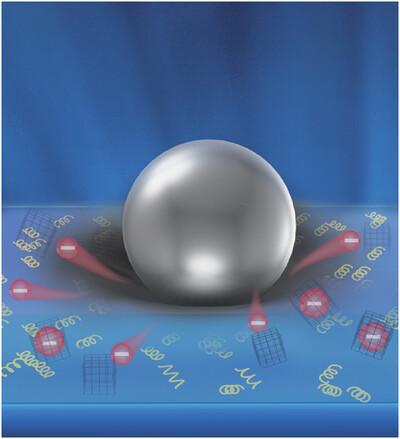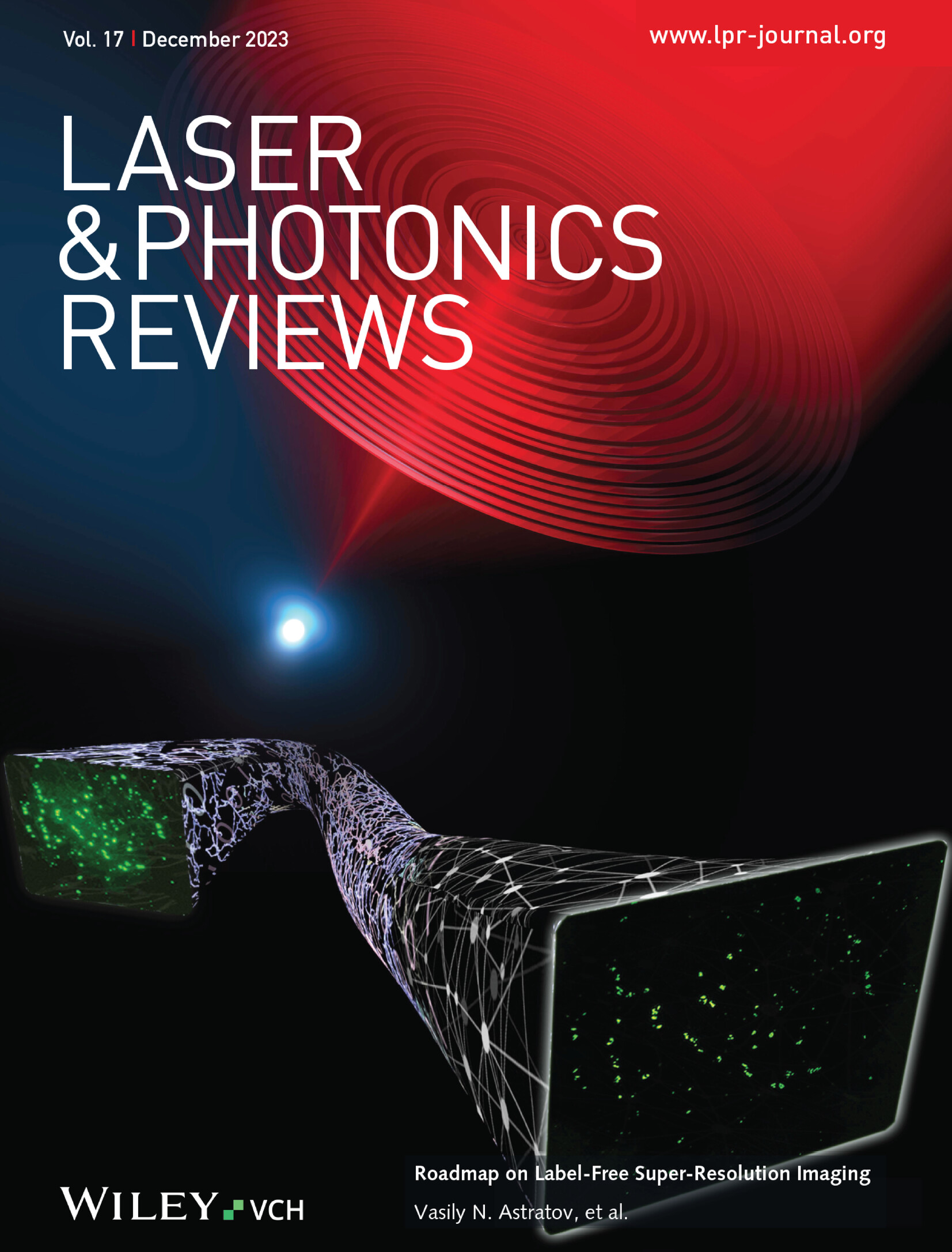Dynamic and Static Stress Sensing Based on Mechanical Quenching Phenomenon From CaZnOS:Cu+
IF 9.8
1区 物理与天体物理
Q1 OPTICS
引用次数: 0
Abstract
Mechanical quenching (MQ) represents a distinctive mechano-optical response, in which the afterglow intensity is quenched under the applied mechanical stress. Compared with mechanoluminescent (ML) materials, the research on physical mechanism and sensing application of MQ materials is still insufficient. Moreover, existing mechano-optical materials typically respond only to dynamic stress, while ML materials are unable to exhibit luminescence under static stress, restricting their utility in stress-sensing applications. In this work, the MQ characteristics of CaZnOS:Cu+ are systematically studied, which displays a linear mechano-optical response to dynamic and static stress. Furthermore, this material shows a sensitive response to micro-strain in stretching tests. Therefore, a novel mechanical switch device is introduced combined with CaZnOS:Cu+ and a ML material LiTaO3:Tb3+. By comparing the alteration in luminescence intensity during stretching, different stages of stress are digitally encoded, achieving both dynamic and static stress sensing and effectively differentiating the information output. These findings provide a new approach for multi-mode dynamic and static stress sensing by utilizing mechano-optical materials and pave a significant avenue for the information integration of mechano-optical materials in the field of stress sensing.

求助全文
约1分钟内获得全文
求助全文
来源期刊
CiteScore
14.20
自引率
5.50%
发文量
314
审稿时长
2 months
期刊介绍:
Laser & Photonics Reviews is a reputable journal that publishes high-quality Reviews, original Research Articles, and Perspectives in the field of photonics and optics. It covers both theoretical and experimental aspects, including recent groundbreaking research, specific advancements, and innovative applications.
As evidence of its impact and recognition, Laser & Photonics Reviews boasts a remarkable 2022 Impact Factor of 11.0, according to the Journal Citation Reports from Clarivate Analytics (2023). Moreover, it holds impressive rankings in the InCites Journal Citation Reports: in 2021, it was ranked 6th out of 101 in the field of Optics, 15th out of 161 in Applied Physics, and 12th out of 69 in Condensed Matter Physics.
The journal uses the ISSN numbers 1863-8880 for print and 1863-8899 for online publications.

 求助内容:
求助内容: 应助结果提醒方式:
应助结果提醒方式:


